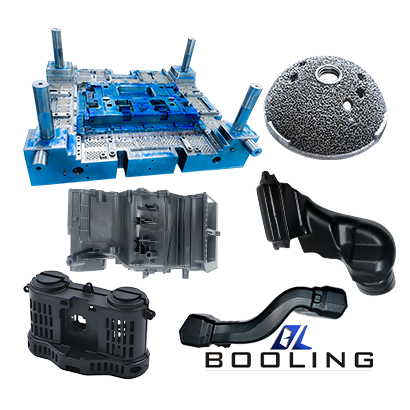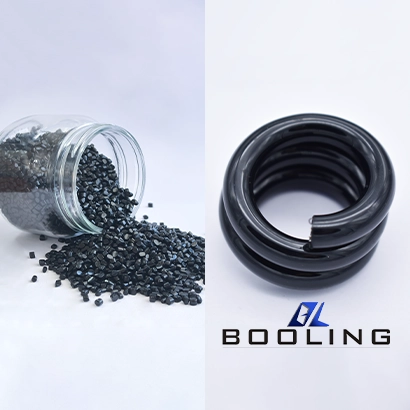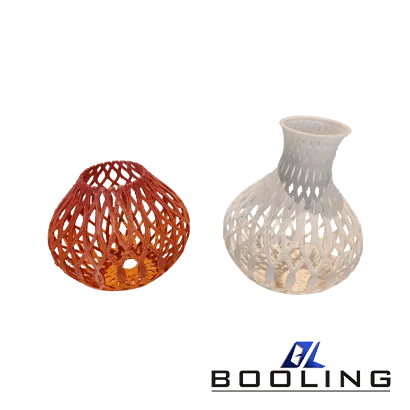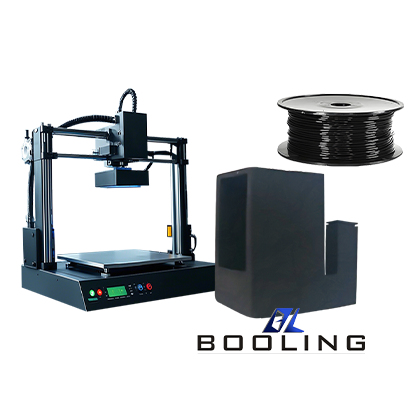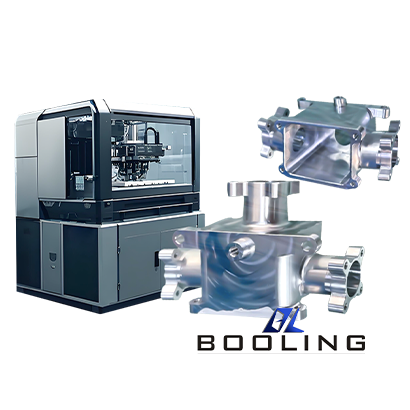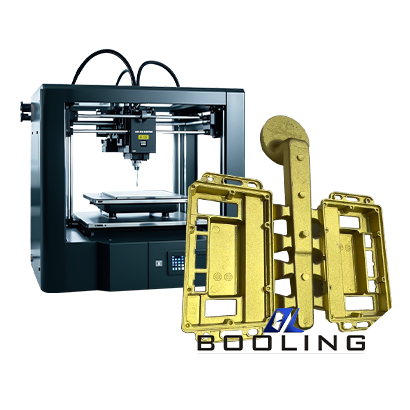Home > 3D Printing Service | SLM 3D Printing
Metal 3D printing, as the most widely used technology currently, is widely known by people. At present, the processes widely used in the manufacturing of metal parts include SLS, DMLS, SLM, EBSM, etc. With the advancement of technology, production technology is constantly innovating.
Advantages of Metal 3D Printing:
- Faster Production Times
- Cost Consistency Across Volumes
- Lightweight Parts
- Rapid Iteration and Prototyping
The full name of SLM 3D printing service is selective laser melting technology, which is an additive manufacturing technology that uses laser beams to melt metal powders. It differs from SLA 3D printing technology in that it uses metal 3D printing. This 3D printing service involves slicing the 3D CAD model, laying metal powder on the substrate, and selectively heating the powder through laser beam irradiation to melt and shape it. Then proceed to the next level of scanning and heating, step by step forming the required parts.
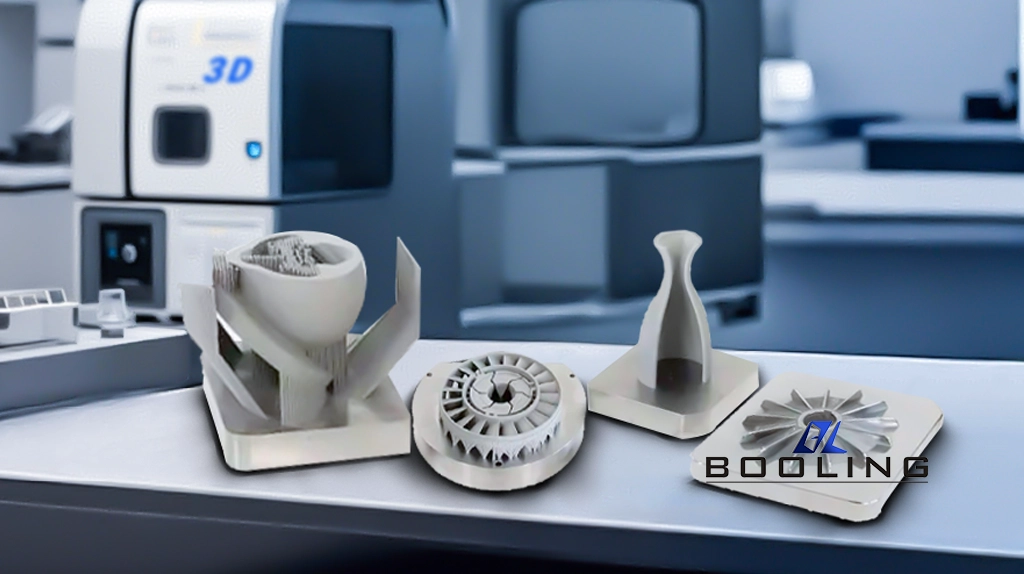
SLM 3D Printing Service Fundamentals
Before providing the SLM 3D printing service, it is necessary to have a certain understanding of its advantages, applications, and manufacturing processes. This article provides a basic overview of the 3D printing service:
-Process
- CAD modeling: Before providing the 3D printing service, manufacturers and designers need to use CAD for modeling and designing SLM 3D printing service part models based on the specific needs and actual processing conditions of customers. In addition, during the modeling process, it is necessary to consider and maximize the physical and mechanical properties of the components in the design.
- SLM parameter settings: Before providing SLM metal 3D printing service, it is necessary to debug and set the SLM parameters. The key parameter settings include scanning speed, laser power, laser scanning line density, and other parameters. In addition, the settings of these parameters need to be changed and re-debugged promptly according to the different materials.
- Pre-treatment of metal powder: Before manufacturers provide the metal 3D printing service, the metal powder needs to be pre-treated. This includes processes such as screening, heating, and drying to ensure the uniformity and stability of metal powders, resulting in better processing performance during the manufacturing process.
- Powder spraying: After the manufacturer completes the pre-treatment of the raw materials, the powder spraying operation can be carried out. This step mainly involves spraying metal powder on the building board, and the requirements for this step are also very high. It is necessary to control the thickness of the spraying and ensure that the powder can be evenly sprayed and tightly arranged.
- SLM printing: After completing all the preparation steps mentioned above, SLM printing can officially begin, which involves laser scanning and heating of metal powder to melt and form a layer. Then the building board descends a certain distance, and a new layer of metal powder is sprayed onto the previous layer, continuously covering, repeating the process of laser scanning and heating, melting, and forming a complete 3D printed part.
- Post-processing: After printing is completed, the manufacturer needs to perform post-processing on the parts, including cleaning residual powder, removing support structures, polishing, heat treatment, etc. Special attention should be paid during the processing to avoid damaging the printed parts. After going through post-processing, it is a complete 3D printing service process.
-Application
SLM metal 3D printing service has broad application prospects in fields such as automotive, aerospace, industrial manufacturing, and healthcare. Manufacturers can produce high-precision metal parts with complex and irregular shapes through SLM printing technology. Moreover, SLM technology can print various metal materials, including but not limited to stainless steel, titanium alloys, nickel-based alloys, gold aluminum alloys, etc.
- Aerospace field
SLM technology can manufacture parts with more complex structures, similar to turbine blades. It can achieve one-time integral molding, reducing the weak points at the connection, resulting in better quality and higher strength.
- Medical field
In the field of medical devices, SLM 3D printing service can be used to manufacture personalized medical devices and prosthetics that meet patient needs and ergonomics.
- Industrial manufacturing field
SLM 3D printing service can be applied to manufacture large quantities, complex shapes, and high-precision metal parts and tools, improving production efficiency and quality.
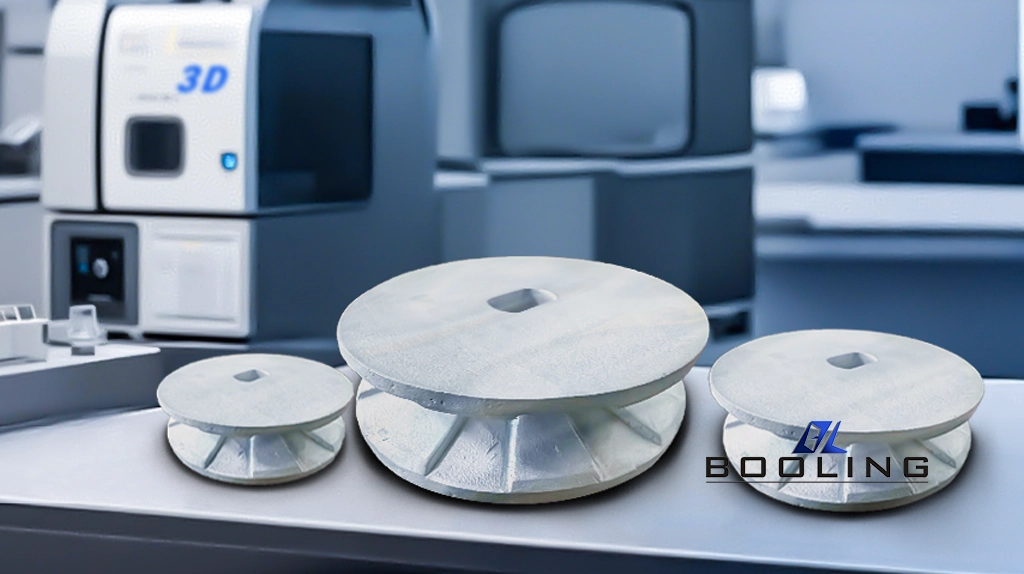
Advantages of SLM 3D Printing Service
Manufacturers need to pay attention to combining the advantages and disadvantages when choosing the SLM 3D printing service.
-Advantages
- Compared with traditional manufacturing technologies, SLM 3D printing service can achieve more lightweight design and manufacturing, replacing traditional components. If this lightweight feature is combined with specific functions such as shock absorption, cooling, gradient function, etc., then the 3D printing service will have unprecedented irreplaceability.
- Compared with other 3D printing services, SLM technology can directly form metal parts with near-perfect density, which can be formed as a whole without welding or other steps. The parts have high strength and excellent material properties and can be directly used as end products.
- There are many types of raw materials available, including titanium alloy cobalt chromium alloy, aluminum alloy, nickel-based mold steel, stainless steel, copper alloy, etc.
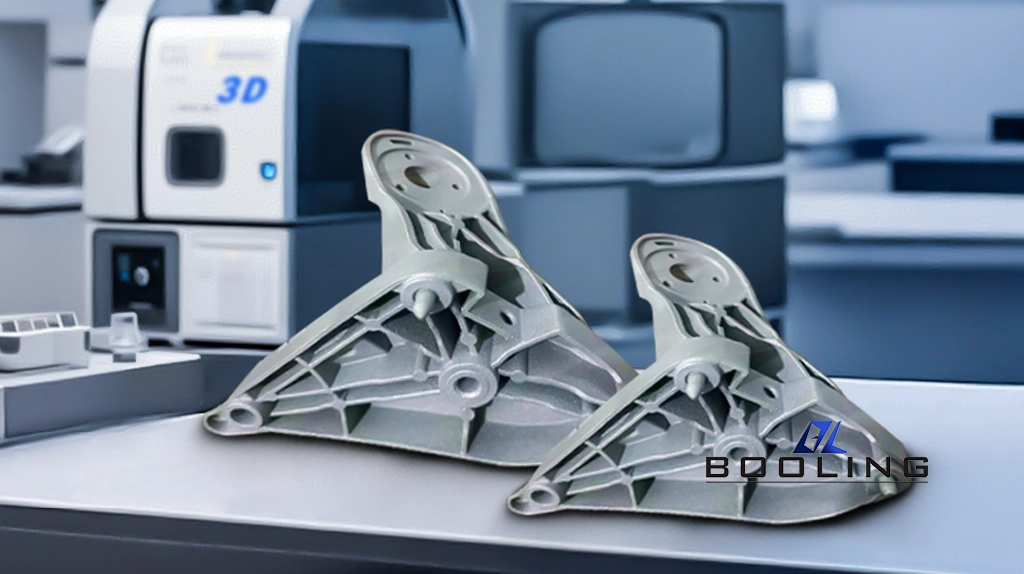
Precautions for SLM 3D Printing Service
SLM 3D printing service needs to pay attention to:
Material selection:
Different metal materials have different melting points and physical properties, which will directly affect the performance and quality of 3D-printed parts and services. SLM process usually uses metal powder as raw material, so it is very important to choose the appropriate metal material. It should not only be easily made into powder but also compatible with additives and not produce adverse reactions.
Equipment calibration:
The main purpose of equipment calibration is to ensure that the laser system and powder distribution control mechanism of the 3D printer are properly calibrated. This step determines the subsequent printing accuracy and quality, and can effectively avoid printing defects, providing a more efficient 3D printing service.
Parameter settings:
SLM 3D printing service involves setting multiple parameters, such as scanning speed, laser power, layer thickness, etc. The debugging of these parameters directly determines the subsequent manufacturing efficiency, and manufacturers need to set them according to specific printed products and processing conditions.
Supporting structure design:
Due to the layer-by-layer processing of SLM 3D printing services, it may be necessary to design suitable support structures to ensure the stability and printing quality of some complex models.
Post-processing:
After the printed parts are completed, manufacturers usually need to perform post-processing such as removing unmelted metal powder, grinding, and heat treatment to improve the surface quality, mechanical properties, and usability of the printed parts.
Cost-effectiveness:
SLM 3D printing can provide high-precision and high-performance metal printing services, but correspondingly, it requires higher costs. So when manufacturers consider whether to adopt this technology, they need to take into account its overall cost-effectiveness.
Safe operation:
SLM 3D printing service involves high temperatures and laser operations, so operators should strictly follow safety regulations during the operation process to prevent burns and laser injuries.
Quality Control:
Throughout the entire process of 3D printing service, manufacturers should implement strict quality control measures to ensure that the melting and solidification of each layer meet the expected standards so that the stacked products can be of high quality, high precision, and meet the requirements.
Environmental control:
Metal powder is prone to moisture in general storage environments, so its storage and use environment should be kept dry to avoid affecting printing quality.
File format:
Ensure that the file format of the 3D model is compatible with the SLM printer and that the slicing process is correct to ensure optimal printing results.
Monitor the printing process:
Manufacturers should closely monitor the process of 3D printing, and control and adjust parameter settings promptly to avoid any problems that may cause printing failure, such as laser positioning errors and uneven powder distribution.
Testing and Calibration:
Before providing the SLM 3D printing service in bulk, it is recomamended to conduct small-scale testing printing to calibrate the equipment and ensure that all parameter settings are correct.
3D Printing Service Related Content
Applied’s expertise in modifying materials at atomic levels and on an ihdustrial scaleenables our customers to transform possibilities into reality.

